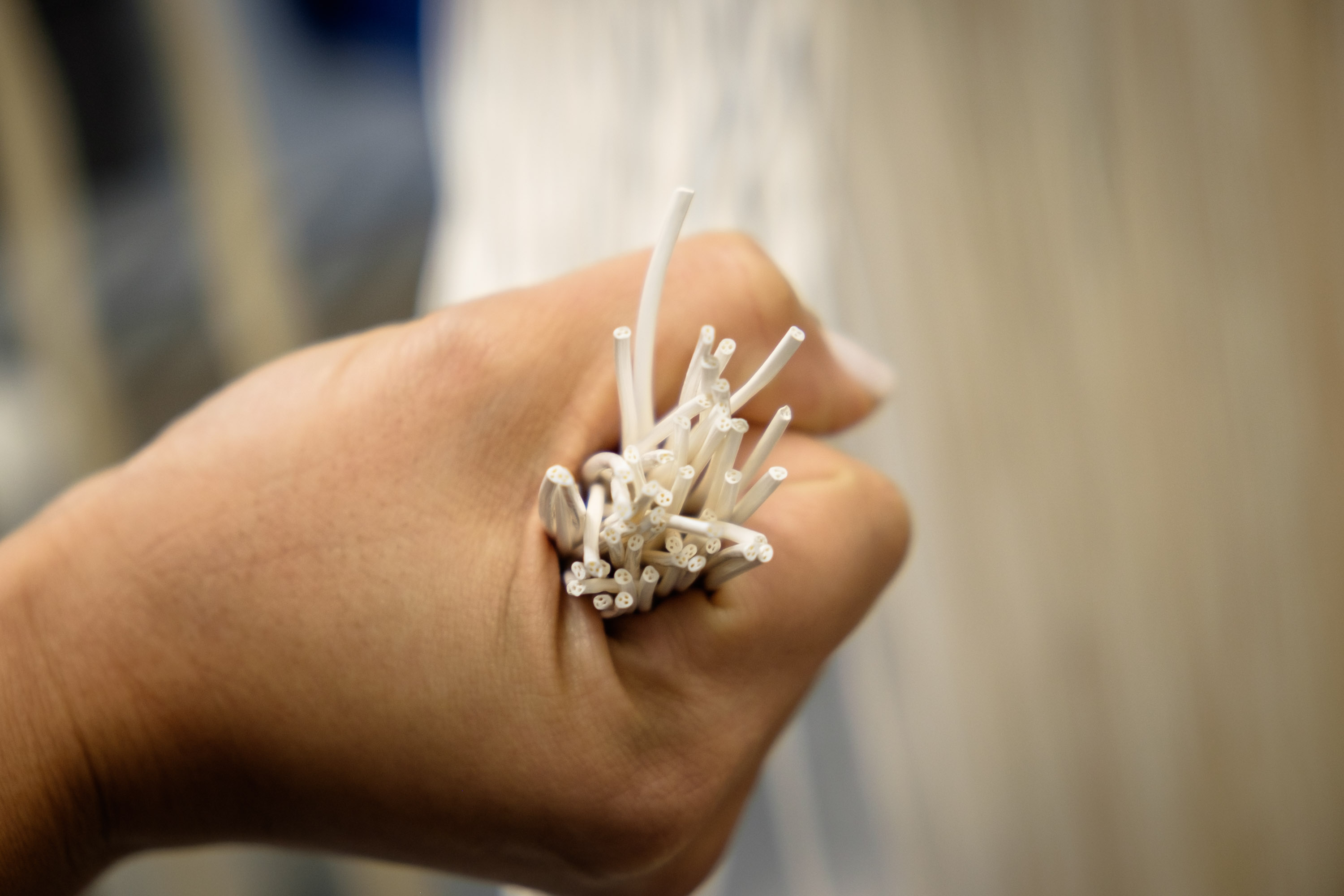
Under a new research partnership and licensing agreement, the Separation Technologies Applied Research and Translation (START) Centre in Singapore and Memsift Innovations, a local water technology company, have joined forces on a new membrane water treatment system which could reduce toxic waste and waste disposal costs by more than 90%.
The pilot plant uses a water treatment system that uses a new type of hollow-fibre membrane invented by Professor Neal Chung at the National University of Singapore, which has been assigned to and scaled up for industrial application by the START Centre.
Unlike the typical hollow-fibre membrane, which resembles noodles with a hollow core like a straw, the new tri-bore hollow-fibre membrane invented by Professor Chung has three hollow cores, allowing for a water flow rate which is about 30% higher.
The START Centre and Memsift Innovations will jointly build the wastewater treatment plant with the tri-bore hollow-fibre membranes, which can treat up to 5,000 litres per day for a semiconductor company. The plant is expected to help the firm save up to 1.6 million litres of water a year. It will filter over 90% of wastewater into clean water and concentrate the metal waste into a liquid, which can then be sold to other companies.





